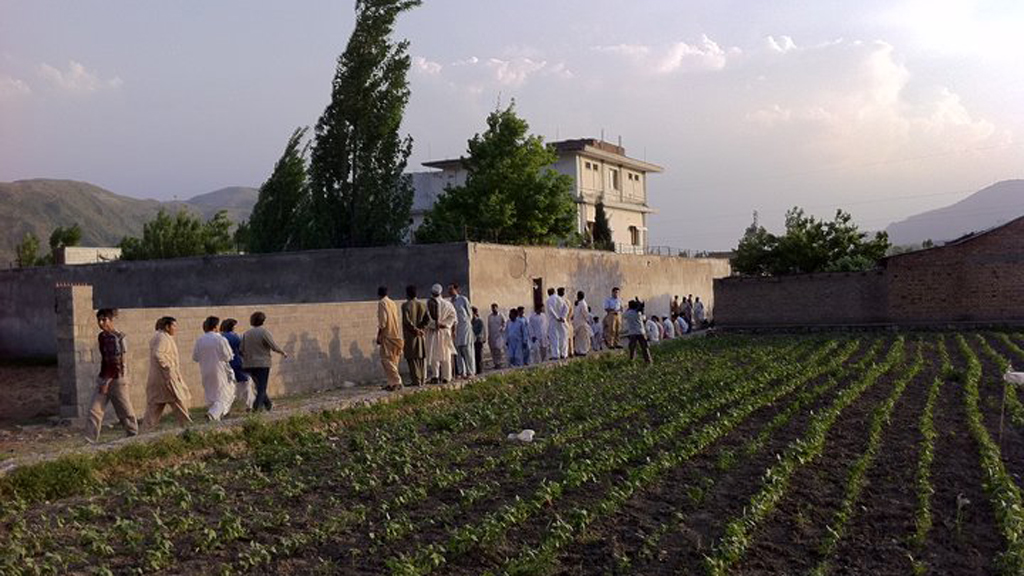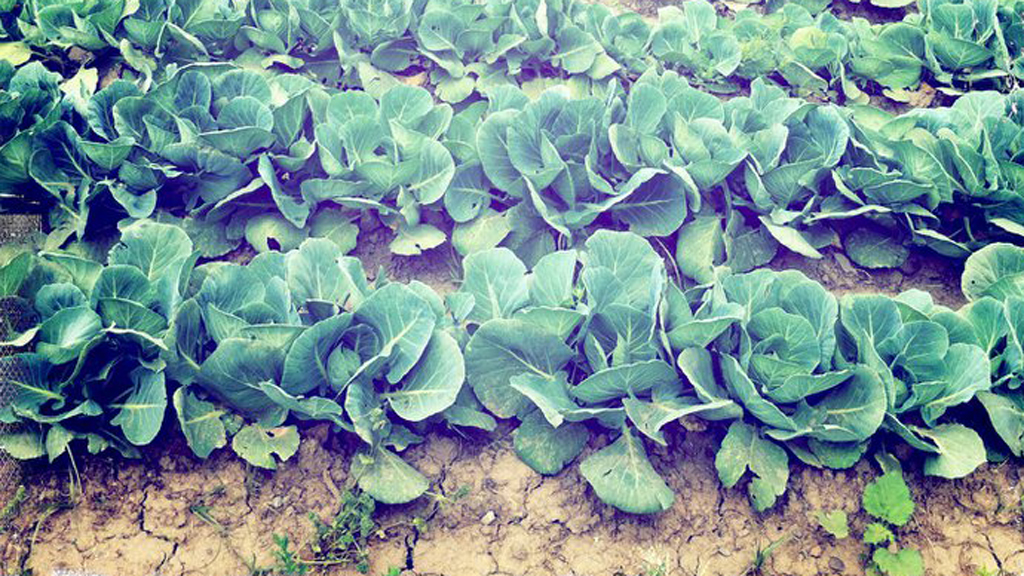At home with the bin Ladens: leaked report revelations
Gardening competitions and cowboy hats – a leaked report into the killing of Osama bin Laden gives an unusual glimpse into the family life of the terrorist leader on the run.
The report of the Abbottabad commission, set up by the Pakistani government to ascertain the full facts about Osama bin Laden‘s presence in the country and the circumstances of his death, has been leaked to Al Jazeera, and records the testimony of 201 witnesses including members of the al-Qaeda leader’s family.
Bin Laden was killed on 2 May 2011 in a US military operation in which Navy Seals struck bin Laden’s home in Abbottabad in the early hours of the morning and shot him, members of his family and bodyguards.
A storm comes
In the evening, it was bin Laden’s youngest wife’s “turn for the sheikh (bin Laden) to be with her”, her testimony said.
Amal Abdul Fattah al-Saddah said after the evening meal and prayer, she and bin Laden had retired for the night. Shortly past midnight, the couple were awoken by the noise of “what at first sounded like a storm”.
The sheikh (bin Laden) said the American helicopters had arrived and they should all leave his room immediately… The sheikh reached for his weapon. Abbottabad commission
“Amal reached to turn on the light but the sheikh said ‘No!’,” the report said. “He went to the door to call for his son Khalid, who lived on the first floor with his mother Sharifa. Amal went to see her children. She had five children.
“When she returned the sheikh’s two daughters, Maryam and Sumaiya, had come up from their rooms on the first floor. They recited the Kalima (the declaration of faith) and verses from the holy Koran.
“The sheikh said the American helicopters had arrived and they should all leave his room immediately. They were unwilling to do so. Maryam and her children went to the balcony. The sheikh reached for his weapon.”
Fatal shot
US soldiers landed on the roof of the property, and blasted through gates to access the house. Bin Laden was reported to have looked out of the room he was in and was shot at. Either these shots, or ones shortly after, hit him through the forehead and he died.
Accounts said that bin Laden was unarmed when he was shot.
Sumayya, one of bin Laden’s daughters, told the commission that though she had not seen her father shot, she had seen him lying on the floor.
“He had been hit in the forehead and she knew he was dead,” the report said. “His face was ‘clear’ and recognisable. According to her, blood flowed ‘backwards over his head’.”

(Above: the bin Laden compound shortly after the US operation. Picture: Nevine Mabro)
Bin Laden was reported to have been living in the house (pictured, above) with his wives and children and two trusted “aides” and their families. Though bin Laden was careful not to be seen in public, security at the home was said to be minimal.
Close shave
The report reveals fascinating details of bin Laden’s domestic life, and also a moment when he was close to being caught.
Maryam, the wife of one of bin Laden’s aides, Ibrahim al-Kuwaiti, who had been living alongside bin Laden without, as she told the commission, realising who he was, recalled one close shave for the group.
OBL personally saw to the religious education of his grandchildren and supervised their play time, which included cultivating vegetable plots with simple prizes for best performances. Abbottabad commission
“Maryam, of course, had no occasion to speak to the tall Arab (bin Laden),” the report said. “Once when they were all on a visit to the bazaar they were stopped for speeding by a policeman.
“But her husband quickly settled the matter with the policeman and they drove on.”
Maryam also described how the men of the household would eat together and watch TV together in order to catch news reports from Al Jazeera.
Bin Laden, who it is believed may have suffered from Addison’s disease, would take Arabic medicines if he felt unwell, the commission reports. If he felt sluggish, the accounts said, he would treat himself to chocolate with an apple.
Cowboy hat
Maryam also said when her daughter became inquisitive as to why “the uncle who lives upstairs” never went to the main bazaar, Ibrahim made up a story that bin Laden was too poor to buy anything. After this the nine-year-old child refered to him as “Miskeen Kaka”, meaning “poor uncle”.
Bin Laden had his own methods for remaining undetected. Testimony from the wives of the two aides says that when he moved around his compound he “wore a cowboy hat to avoid detection from above”.
He was also said to have been concerned about a line of poplar trees near his home, thinking that they could provide cover for observers, and had considered buying them in order to cut them down.

(Above: cabbages planted outside the bin Laden compound. Picture: Nevine Mabro)
Bin Laden is described by his bodyguard’s wives as caring little for possessions, and before he arrived in Abbottabad he was said to have owned “just three pairs of shalwar kameez for summer and three pairs for winter. In addition he had a black jacket and two sweaters.”
Gardening competiton
The bin Ladens largely kept themselves separate from the other families in the compound, and while the aides’ children would leave the home, the bin Laden children were kept inside.
The report reads: “The children of the OBL family led extremely regimented and secluded lives. OBL personally saw to the religious education of his grandchildren and supervised their play time, which included cultivating vegetable plots with simple prizes for best performances.”
Bin Laden’s strongly-held Islamist views are elso evidenced by the fact that the women of the household would observe the religious institution of purdah, the practice of female social seclusion, from the age of three.
‘Complacent, ignorant, negligent’
The report’s conclusions are highly critical of the US for its “thuggish” intervention in the state, and of the “complacency, ignorance, negligence, incompetence, irresponsibility, and possibly worse at various levels inside and outside the government”.
It criticises the US for the “illegal” operation on Pakistani soil, but also Pakistan’s leadership for failing to detect CIA activities on its soil.
“The US acted like a criminal thug,” says the report. “But above all, the tragedy refers to the comprehensive failure of Pakistan to detect the presence of OBL on its territory for almost a decade or to discern the direction of US policy towards Pakistan that culminated in the avoidable humiliation of the people of Pakistan.”
The report says that senior figures in Pakistan need to “do the honourable thing, including submitting a formal apology to the nation for their dereliction of duty”.
“The biggest challenge for the future of Pakistan is the refusal to acknowledge unpleasant facts and the tendency to shy away from fundamental flaws in critical decision-making processes that affect the survival interests of Pakistan,” the report concludes.
-
Latest news
-
As India goes to the polls in the world’s largest election – what do British-Indians think?6m

-
Tees Valley: Meet the candidates in one of the biggest contests coming up in May’s local elections4m

-
Keir Starmer says public sector reform will be a struggle7m

-
Nicola Sturgeon’s husband Peter Murrell charged with embezzlement of funds from SNP1m

-
Ukraine might finally get $60billion in American weapons and assistance to defend against Russia3m

-




